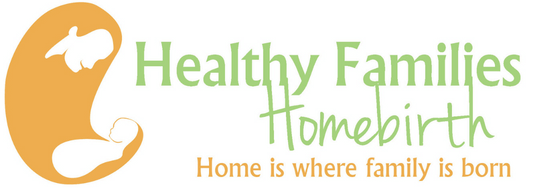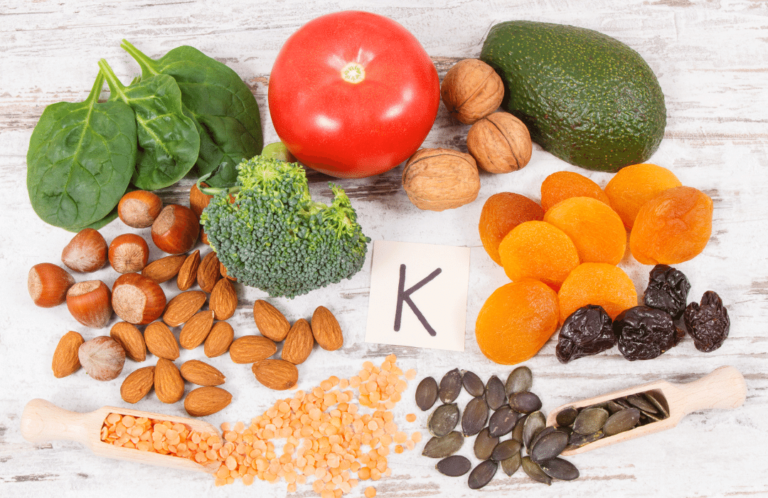

PHONE
303-718-1554
cheryl.furer@msn.com
OPENING HOURS
By Appointment Only
Menu

Vitamin K is a fat-soluble vitamin necessary for blood clotting. Vitamin K is available through two forms, one found in the dietary intake (dark green vegetables, legumes, and in smalls amounts can be found in canola and olive oil) and the other type is manufactured by healthy intestinal bacteria. Newborns naturally have low levels of vitamin K after birth. This most likely occurs due to only very small amounts of vitamin K that are transported across the placenta and because newborns are born with sterile intestines so there is not yet bacteria in the colon to manufacture vitamin K. Because of these minuscule amounts of vitamin K found in the newborn’s body, there is the recommendation by the American Academy of Pediatricians to supplement the newborn with vitamin K to prevent a condition called Vitamin K Deficiency Bleeding (VKDB).
VKDB is bleeding as the result of low vitamin K levels which could lead to the newborn’s inability to properly control bleeding. The infant may appear otherwise normal, but may start bleeding from the umbilical cord, gastrointestinal tract (in stool), circumcision site, heel stick, and/or nose, as well as exhibit generalized bruising. It is important to note that a small amount of bleeding is normal from the umbilical cord as it begins to fall off, and this is not an indication of vitamin K deficiency.
Three types of VKDB: early, classical, and late.
Supplementation of Vitamin K
With the administration of 1 mg of vitamin K injected into the newborn thigh after delivery, the rates of VKDB can be reduced to 0.1 per 100,000, making it nearly 100% preventable. This method of giving vitamin K is the most common in the United States and is the only recommended type of supplementation by the American Academy of Pediatricians (AAP). The risks of local neuromuscular damage are very low and there have not been any significant complications associated with the actual injection of vitamin K. The disadvantages to this form of supplementation are that there is brief pain caused by the injection and that there are preservatives found in some brands of the supplement.
A controversy stems from a past study is that the standard dosage of vitamin K could lead to very small rates leukemia. As of this point in time, there have not been studies that have been able to prove this and no studies have been able to replicate that finding.
An alternate form of supplementation is through oral administration in the newborn. In Canada and Europe, the option of oral dosing of vitamin K is available and is commonly used. It is recommended that 2 mg is given at birth, followed by either 2 mg doses at 1 week and 4 weeks, or 1 mg weekly until 12 weeks by the parents. None of the oral preparations available in the US are approved for prevention of VKDB by the AAP. The disadvantage of this method is that the parents must remember to give the newborn the supplement by the correct schedule for maximum benefits.
The second alternate option is to have the mother take 5 mg of vitamin K daily so that she may increase the levels of vitamin K in her breastmilk to pass onto the newborn. A small study done in 1997 compared the levels of vitamin K in the breastmilk of mothers who had taken 5 mg of vitamin K with mothers who were given pills that only contained glucose. They found that the mothers who took this dosage of vitamin K had 50-100 times more vitamin K in their breastmilk compared to mothers who did not supplement (50-90 ng/mL of breastmilk compared to 1.1-1.7 mg/mL of breastmilk, respectively). The disadvantages with this method are that it is not approved by the AAP and there is no guarantee that the mother’s body will pass high enough amounts of vitamin K to the newborn through her breastmilk to fully meet proper supplement levels.
If your family has a history of blood clotting disorders, then giving the preventative Vitamin K dose in the thigh is recommended.
Talking to your provider and thinking about this prenatally is important. You are the parent and will make many choices for your child’s health, this is one of the first ones.
If you choose not to have the injectable Vitamin K administered to your child, it is your right as their parent to choose that. It’s important to remember that sometimes newborns are bruised during birth. If your newborn is born with bruising, it is highly recommended that they be given vitamin K through injection to promote clotting and prevent any internal bleeding.
Be sure to let your pediatrician know if a shot of Vitamin K wasn’t given at birth. Even you are doing the oral method, it is important that the pediatrician knows this, so that proper care can be provided.
Resources:
Golding, J., Greenwood, R., Birmingham, K et al. (1992). Childhood cancer, intramuscular vitamin K, and pethidine given during labor. British Medical Journal, 305, 341-346.
Greer, F., Marshall, S., Foley, A., & Suttie, J. (1997). Improving the vitamin K status of breastfeeding infants with maternal vitamin K supplements. Pediatrics, 99, 88-92.
IJland, M., Pereira, R., & Cornelissen, E. (2008). Incidence of late vitamin K deficiency bleeding in newborns in with Netherlands in 2005: Evaluation of the current guideline. Eur J Pediatr, 167, 165-169.
Roman, E., Fear, NT., Ansell, P, Bull, D., Draper, G., et al (2002) Vitamin K and childhood cancer: analysis of individual patient data from six different case-control studies. British Journal of Cancer 86, 63–69.
Fear, NT., Roman, E., Ansell, P., Simpson, J., Day, N., Eden, OB., United Kingdom Childhood Cancer Study. (2003) Vitamin K and childhood cancer: a report from the United Kingdom Childhood Cancer Study. British Journal of Cancer, 89,1228-123.
Strehle, E., Howey, C., & Jones, R. (2009). Evaluation of the acceptability of a new oral vitamin K prophylaxis for breastfed infants. Acta Paediatrica, 99, 379-383.
Van Winckel, M., De Bruyne, R., Van De Velde, S. & Van Biervliet, S. (2009). Vitamin K, an update for the paediatrician. Eur J Pediatr, 168, 127 134.
***This is general information. Please speak to your health care provider about your unique health
needs.

“I believe in continuity of care, which means that as your midwife, I’m here to support you throughout your pregnancy, birth, up until your baby is a toddler (really!) and beyond…”


Proud Practitioner with BeHerVillage. Create a Registry Here.
Copyright © 2022 Healthy Families Homebirth – Home is Where Family is Born | All Rights Reserved | Website by Cheryl Furer & Precy Onasa